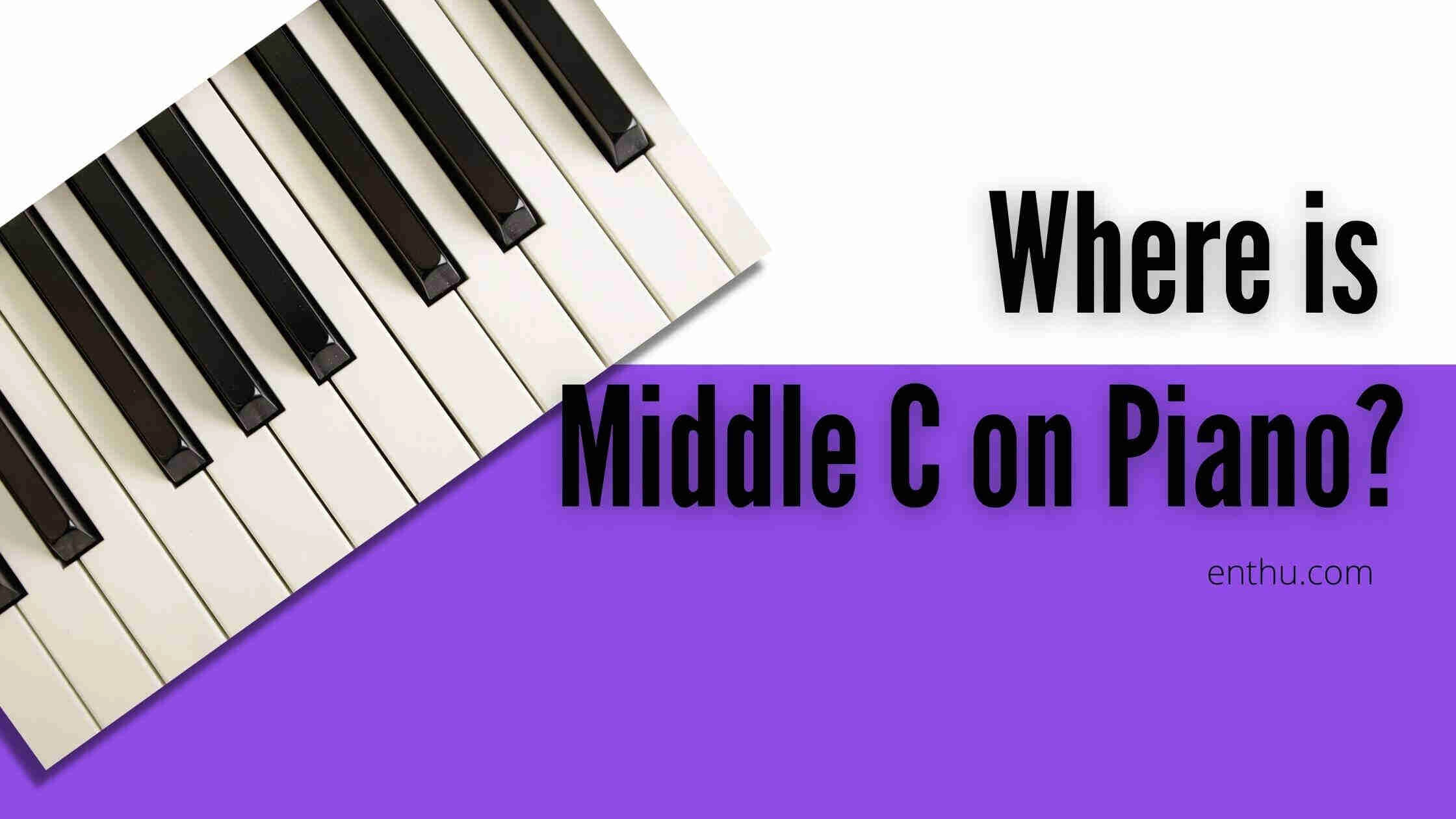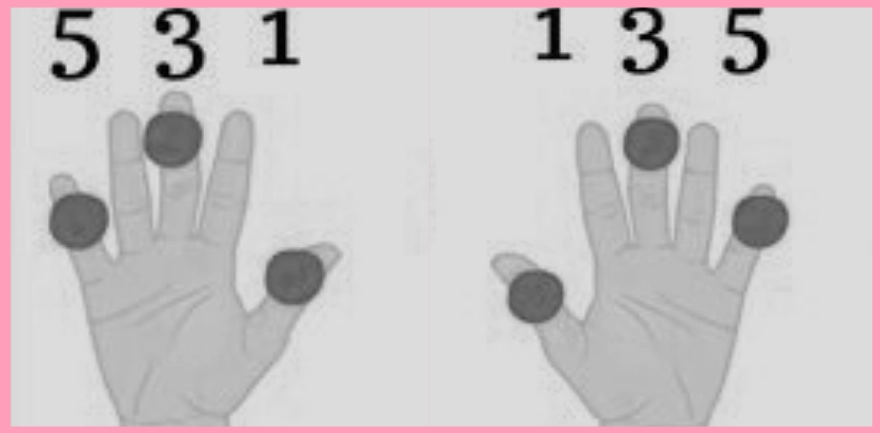Learning piano is a fun musical journey, and knowing its different chords is a rewarding experience. One of the first chords you will want to learn is the Cm piano chord.
It is an essential and common chord, so knowing how to play it is useful for pianists. I will introduce you to the simple steps and help you master this beautiful chord through this blog.
- Is C minor hard to learn?
- What are some popular C Minor Chord progressions?
- Conclusion
- FAQs
- 1. What notes are in a Cm chord?
- 2. How do you play a Cm chord on the piano?
- 3. What is the difference between C major and Cm chord?
- 4. In what songs can I find the Cm chord?
- 5. Can I use Cm chord in different inversions?
- 6. What are common chord progressions using Cm?
- 7. How can I practice playing the Cm chord?
- 8. What is the best way to memorize the Cm chord?
- 9. Can beginners play the Cm chord?
- 10. Are there online resources to learn more about the Cm chord?
Is C minor hard to learn?
Playing Cm piano chord is relatively easy. However, it can be challenging depending on your experience and skill level in using your hands & playing the piano.

This is because you need to use 3 fingers to press 3 keys at a time. But with practice, it becomes easy.
1. What is a Cm piano chord?
A piano chord combines two or more musical notes, and they are played together to create a harmonious sound.
C minor chord is such a combination of three notes played together on the piano: C, E♭, and G. It can also be referred to as a 'triad.'
If you take the reference of the C Major chord (C, E, and G), you come down from the C major's third note (E) by one half-step, keeping the other two as it is. Thus, it forms the root, flat 3rd, and 5th of the scale for the Cm piano chord.
Thus, C: Root note, Lowest note (1) E♭: E-flat - ‘Third’ of the chord, 3½ from C G: ‘Fifth’ of the chord, 4½ steps from E♭ Cm Chord = 1-b3-5 OR Cm Chord = Root - Minor Third - Perfect Fifth

2. How do you play C - Eb - G?
To play a Cm piano chord, you would typically use your thumb/first finger (C), middle finger (E♭), and pinky finger (G) to press the corresponding keys at the same time. Allotting fingers to the specific keys is required so that, with your muscle memory, you will master the chord in no time.

Place your thumb (1st finger) on the Middle C.
Now, find the E♭ key.
Place your 2nd finger on the E♭ key.
Finally, find the G key.
Place your pinky finger (5th finger) on the G key.
Now that your fingers are in position press down all three keys simultaneously to produce the Cm piano chord.

Your fingers should form a relaxed and natural curve. Be sure to press the keys with even pressure to get a clean and clear sound; don't press too hard on the keys.
Start by playing the C minor chord slowly and then gradually play the piano faster as you become more comfortable. If you use the left hand, you use the fingers as below: C: The Pinky/Fifth finger (5) E♭: The Third finger (3) G: The Thumb (1)

4. What are the inversions of the C minor triad?
As a Triad, the Cm piano chord (C-E♭-G) possesses its own inversions. This means you can change the order of its notes while retaining the same set of pitches but creating different sounds.
It has three common chord inversions: Root Position: C-E♭-G First Inversion: E♭-G-C Second Inversion: G-C-E♭ Each inversion shifts the lowest note of the chord to a different position within the structure. Let's see how the inversions work.
Root Position Notes: C (root), E♭ (minor third), G (perfect fifth) In this position, C is the lowest note, and it's the root of the chord. It's the standard or fundamental inversion form of the Cm piano chord that we discussed before.
5. First Inversion Notes
E♭ (root), G (a major third), C (perfect fifth). In this inversion, E♭ is the lowest note.

With the right hand, place the fingers with the respective notes as below - E♭: Thumb (1) G: Second finger (2), C: Pinky (5) If it is the left hand, the fingers go like this: E♭: Pinky G: Thumb C - Second Finger
6. Second Inversion
In the 2nd inversion, G is the lowest note. G: (root) Thumb C: (minor third) 3rd Finger E♭: (perfect fifth) Pinky Finger.

With the left hand, place the thumb on G, the 3rd finger on C, and the 5th on E♭
7. What is the Cmin scale?
The C minor scale has seven notes following a specific pattern based on three types of minor scales:
Natural
The C minor natural scale starts explicitly on the note C. Further, It follows this pattern of whole (W) and half (H) steps using the respective right-hand fingers:

Left-hand finger positions:
8. Harmonic Notes - C, D, Eb, F, G, Ab, B, C
9. Melodic Notes - C, D, Eb, F, G, A, B, C
Once you master the coordination with practice, you can play the C minor scale easily. Be patient and persistent, and over time, you will become more comfortable playing the C minor piano scale with both hands and applying this skill to other pieces of music.

What are some popular C Minor Chord progressions?
When a series of chords are played, this is called Chord progressions. They form when a few chords work well together and create harmonious and meaningful music.
You can explore them by experimenting with different chords. 'Ear training' of the chords is crucial to help you choose what variation of the chord progression works the best.
1. Cm piano chord has some popular progressions
Cm - Fm - Eb - G
Cm - Ab - Bb
Cm - Fm - Gm - Cm
Cm - Eb - Bb - Gm
Cm - Fm - Bb
Eb - Ab - Cm - Bb
Cm - Fm - Gm
Cm - Ab - Eb - Bb
Cm - Bb - Ab - Bb - Cm
2. What is C Minor 7 Chord?
The C minor 7 piano chord has a distinct sound characterized by its minor quality and the addition of a minor seventh, which adds depth and color. Its function in music varies depending on the context.
It is often used for emotional expression and as a versatile component of chord progressions in various musical genres. The C minor 7 piano chord, written as Cm7 or Cmin7, consists of four notes: C, E♭, G, and B♭
3. Why is the Cm piano chord popular?
C minor chord is popular because it sounds emotionally powerful and is frequently used in songs.
Its versatility makes it a favorite among musicians. Many famous classical composers, like Beethoven and Mozart, used this chord to create intense and emotional music. Playing a Cm piano chord can create a melancholic feeling and create a somber sound.
It is like the music is telling a story about something a little bit intense or reflective. It is like sharing a quiet, thoughtful moment through the piano keyboard.


Conclusion
Learning to play the C minor chord on the piano is a great starting point for your musical journey. This chord offers endless creative possibilities in your music for the budding pianist and seasoned players. Take those musical steps with us and register for the piano lessons from our expert instructors today!
FAQs
1. What notes are in a Cm chord?
A Cm chord consists of three notes: C, E♭, and G. This chord is built from the root note C, the minor third E♭, and the perfect fifth G.
2. How do you play a Cm chord on the piano?
To play a Cm chord on the piano, follow these steps:
Locate the C note on the keyboard.
From C, move up to E♭, which is one and a half steps higher.
Then, move up to G, which is four steps above C.
Play all three notes (C, E♭, and G) at the same time.
3. What is the difference between C major and Cm chord?
The main difference between a C major chord and a Cm chord is the third note. The C major chord consists of C, E, and G, while the Cm chord consists of C, E♭, and G.
The minor chord (Cm) has a flattened third, giving it a sadder tone than the major chord.
4. In what songs can I find the Cm chord?
The Cm chord appears in many songs across various genres. Some popular songs featuring the Cm chord include:
"Misty" by Erroll Garner
"All of Me" by John Legend
"Someone Like You" by Adele
5. Can I use Cm chord in different inversions?
Yes, you can play the Cm chord in different inversions. The first inversion consists of E♭, G, and C, while the second inversion consists of G, C, and E♭. Inversions help create smoother transitions between chords in a progression.
6. What are common chord progressions using Cm?
Common chord progressions that include the Cm chord are:
Cm - Fm - B♭ - G
Cm - A♭ - E♭ - B♭ These progressions can add richness and depth to your music.
7. How can I practice playing the Cm chord?
To practice playing the Cm chord, try the following methods:
Start slowly, ensuring you play each note clearly.
Use a metronome to keep a steady tempo.
Incorporate the Cm chord into various chord progressions.
Practice switching between Cm and other chords for fluidity.
8. What is the best way to memorize the Cm chord?
To memorize the Cm chord:
Visualize the position of your fingers on the keyboard for the C, E♭, and G notes.
Use mnemonic devices, such as associating the chord with a specific song.
Regularly practice the chord to reinforce muscle memory.
9. Can beginners play the Cm chord?
Absolutely! The Cm chord is a great chord for beginners to learn. By starting with this simple triad, beginners can develop their finger strength and coordination while enhancing their understanding of piano chords.
10. Are there online resources to learn more about the Cm chord?
Yes, there are many online resources available to learn more about the Cm chord, including:
Video tutorials on platforms like YouTube
Piano learning websites such as Simply Piano and Flowkey
Sheet music and chord charts available for free online or for purchase.
How to Play the C Minor Chord on Piano
Feel free to refer to these questions and answers for a deeper understanding of how to play the Cm piano chord!


Comments